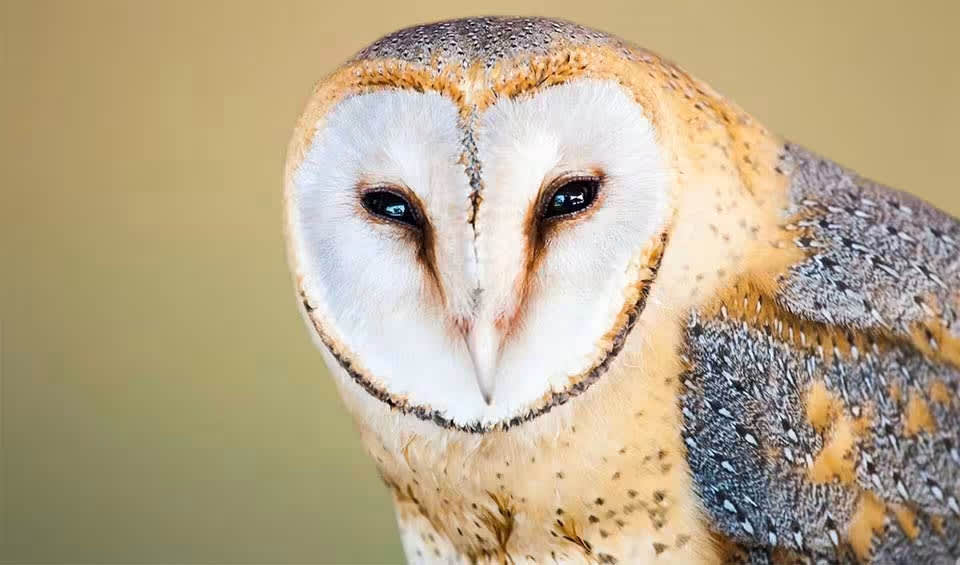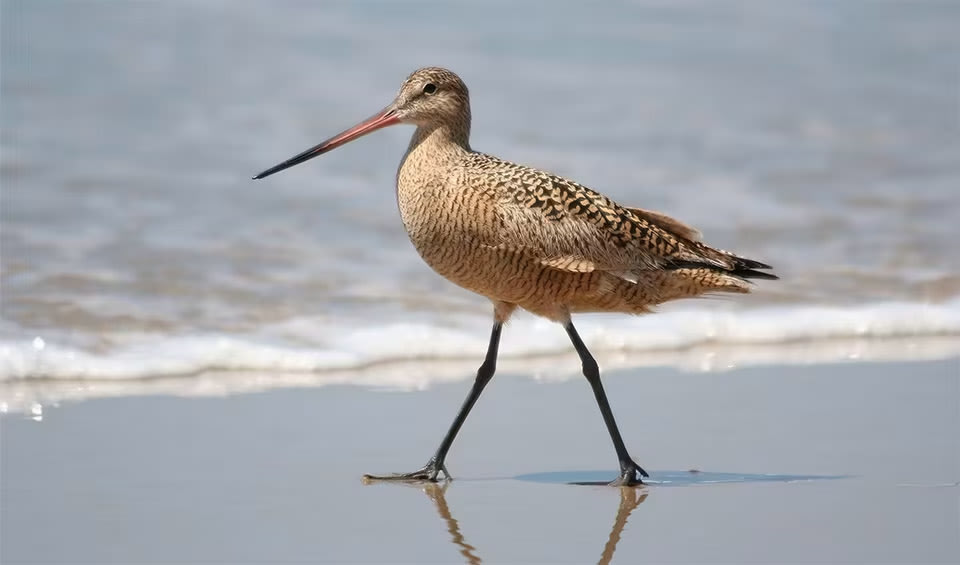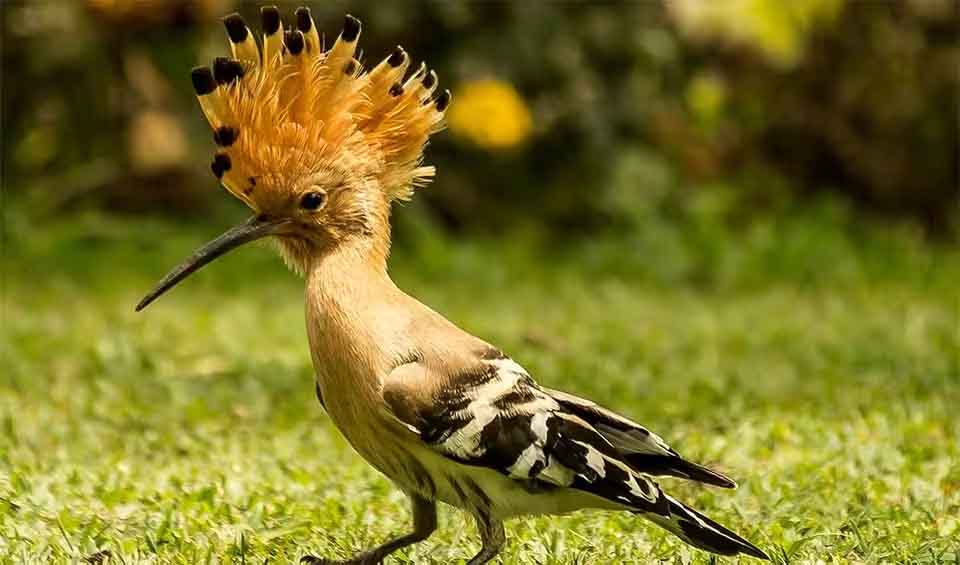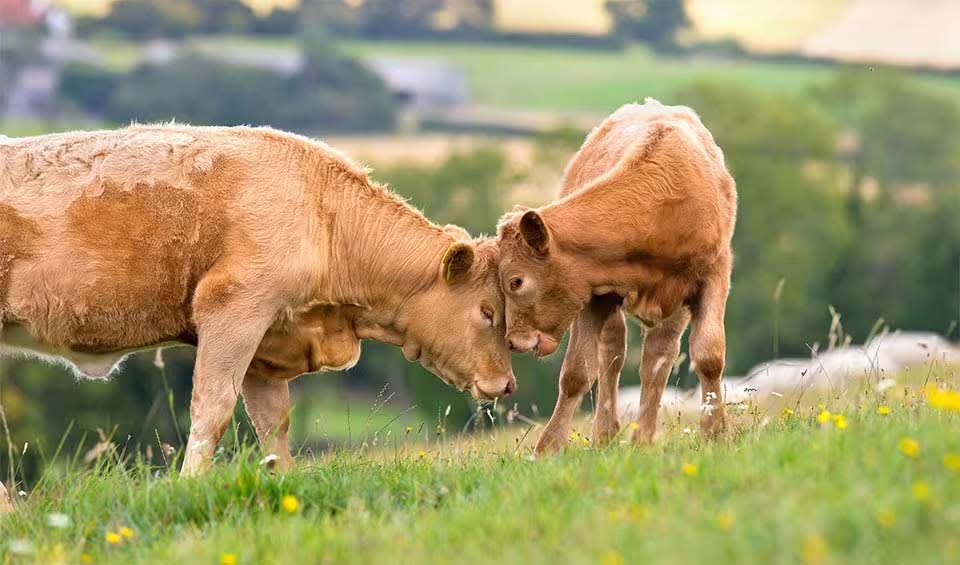Nestled in the heart of the Pyrenees mountains between France and Spain, Andorra is a small but enchanting country known for its breathtaking landscapes and diverse biodiversity. Covering an area of just 468 square kilometers, this landlocked microstate is one of the smallest nations in Europe. Despite its size, Andorra boasts a rich cultural heritage and stunning natural beauty. Its rugged terrain, characterized by steep valleys, snow-capped peaks, and lush forests, attracts nature enthusiasts and adventure seekers alike.
Andorra is dotted with glacial lakes and crisscrossed by rivers that add to the country’s scenic charm. Estany de Juclar, the largest lake in Andorra, is a popular destination for fishing and hiking. The Valira River, Andorra’s main watercourse, winds through the valleys, providing essential water resources and contributing to the lushness of the landscape.
Four pillars elaborated:
Andorra’s network of protected areas covers 17% of its territory and includes the UNESCO World Heritage Site Madriu-Perafita-Claror Valley and Sorteny National Park. The Madriu-Perafita-Claror Valley is renowned for its natural beauty and diverse wildlife, including brown bears, wolves, and golden eagles. Sorteny National Park, located in northern Andorra, features various hiking trails, scenic viewpoints, and is popular for birdwatching and wildlife viewing. Land Management
Land Management
The primary threats to Andorran biodiversity today are anthropization and urbanization, which put increasing pressure on the territory, especially in the valleys. However, the country does not face significant threats from natural resource overexploitation or pollution. In 2014, air and water quality consistently ranged from good to excellent. Threats to Biodiversity
Threats to Biodiversity
Andorra has taken several steps to protect its rich biodiversity. They’ve translated important global biodiversity goals into Catalan and are planning a website to share information about biodiversity conservation. The Sustainable Andorra Centre helps educate people about the environment and the importance of using natural resources wisely. Capacity and Governance
Capacity and Governance
Their National Landscape Strategy focuses on taking care of wetlands and riverbanks, while their Water Purification Plan checks the health of rivers. Farmers get support on how to manage land in a way that protects biodiversity. They also have programs to tackle invasive species like the butterfly bush and narrow-leaved ragwort.
Around 14% of Andorra is protected land, including national parks and the UNESCO-listed Madriu-Perafita-Claror valley. They have a recovery plan for the bearded vulture and are studying other species, like bats. The Andorran Research Centre studies various environmental issues, like climate change and natural resource management, using their findings to help manage the land better.
Andorra’s 2030 Biodiversity Plan aims to protect and restore the country’s biodiversity by 2030 through actions like expanding protected areas, restoring degraded ecosystems, and promoting sustainable agriculture. Although not a member of the European Union, Andorra is part of the Council of Europe and is committed to the EU Biodiversity Strategy, which seeks to halt biodiversity loss in Europe by 2030. Future Trends
Future Trends
Biodiversity
Andorra’s rich biodiversity, nurtured by its varied landscapes and favorable climate, is home to numerous species of plants and animals, many adapted to the alpine environment. The flora includes a mix of alpine, subalpine, and Mediterranean species, with forests of pine, fir, and beech trees providing habitats for diverse wildlife. At higher altitudes, alpine meadows bloom with colorful wildflowers like gentians, orchids, and edelweiss, crucial for maintaining ecological balance.The fauna is equally impressive, featuring mammals such as the Pyrenean chamois, red deer, and wild boar in the forests and highlands. Andorra is also a birdwatcher’s paradise, with golden eagles, griffon vultures, and bearded vultures soaring above the peaks. Additionally, its rivers and lakes host various fish species, including trout, thriving in the cold, clear waters.
In the table below are the number of known species in several main groups, how many of these species are Threatened with extinction, and how many of them are Endemic (unique to Andorra only):
| Species (World rank) |
Threatened | % Threatened | Endemic | % Endemic | |
|---|---|---|---|---|---|
| Mammals | 34 (#174) | 2 | 5.9% | ||
| Birds | 126 (#186) | 3 | 2.4% | ||
| Reptiles | 10 (#182) | 1 | 10.0% | ||
| Amphibians | 2 (#183) | ||||
| Fishes | 7 (#208) | ||||
| Plants | 1,453 (#162) |
mammals
Brown bear
The second largest bear, right after the polar bear. Sadly, it well might top the list soon
European mole
A tiny creature that dwells below the surface in a complex system of tunnels and burrows
Garden dormouse
You might mistake it for a big squirrel, but it’s smaller and has a more delicate appearance
birds
Barn owl
The most cosmopolitan of owls with home ranges extending across the globe
Black-tailed godwit
The most elegant of all godwit species
Eurasian hoopoe
Dependable wings and a muscular build. Nope, we aren’t talking about the next Redbull ad campaign
amphibians
Common frog
It is one of the most widespread and familiar amphibians in Europe
Common toad
A warty amphibian with golden eyes
European green toad
An unusual amphibian that can survive high temperatures and is even quite tolerant to desiccation
National Animals
Cattle/cow
A genus of wild and domestic cattle closely related to the genus Bison
Bearded vulture
The only living creature that feeds on bone marrow from carcasses in high and inaccessible mountain areas















